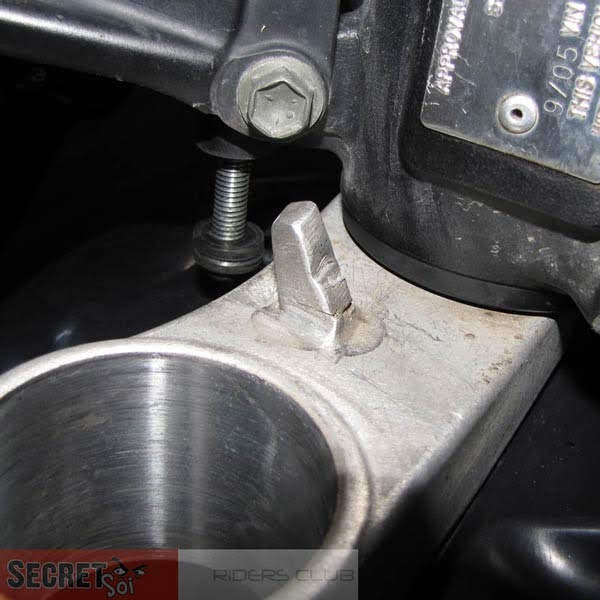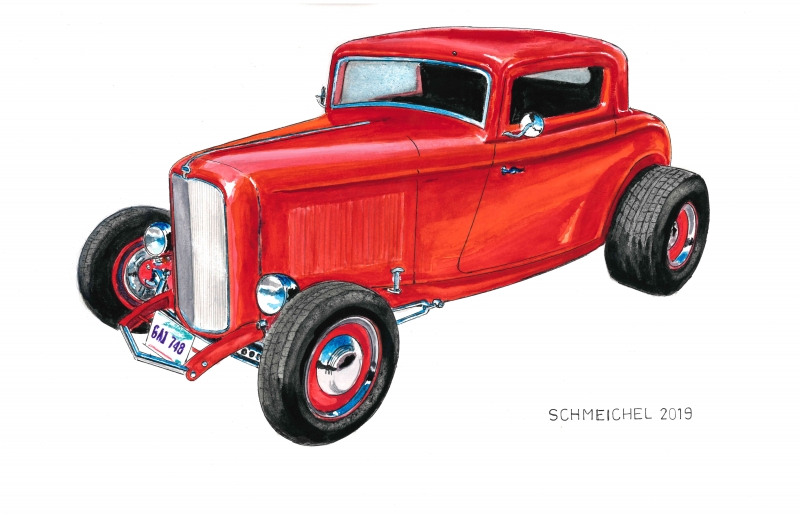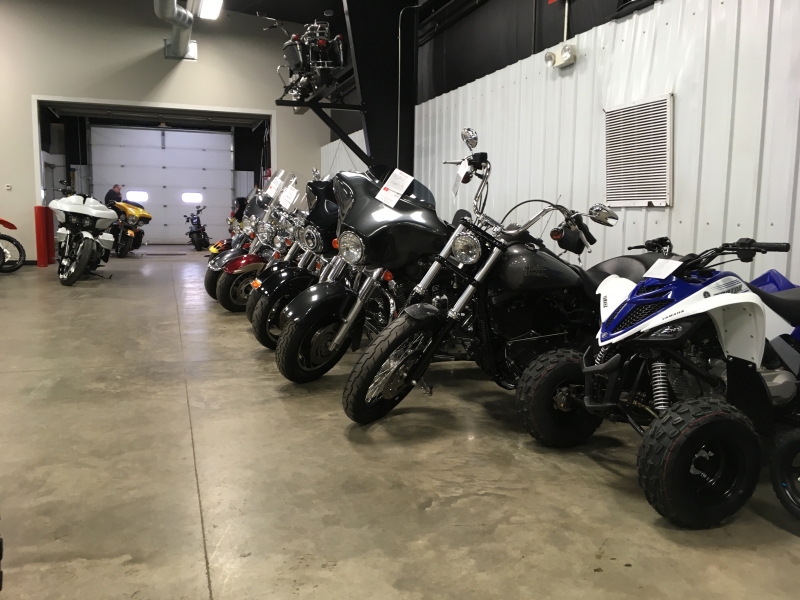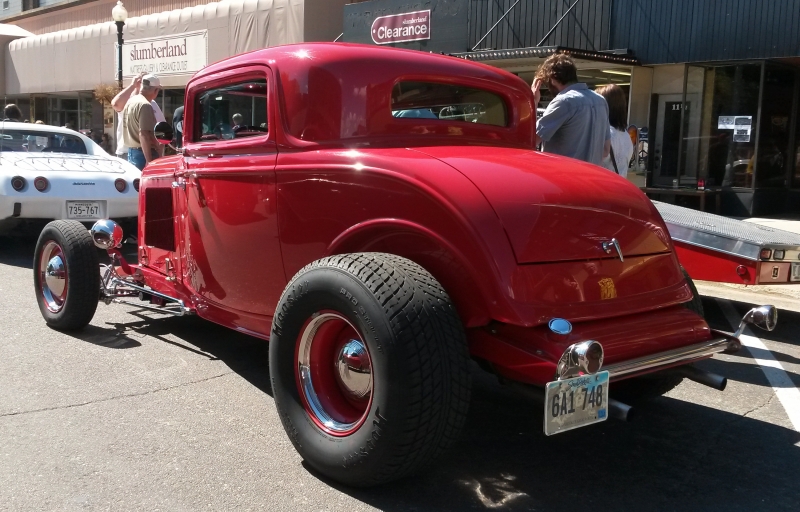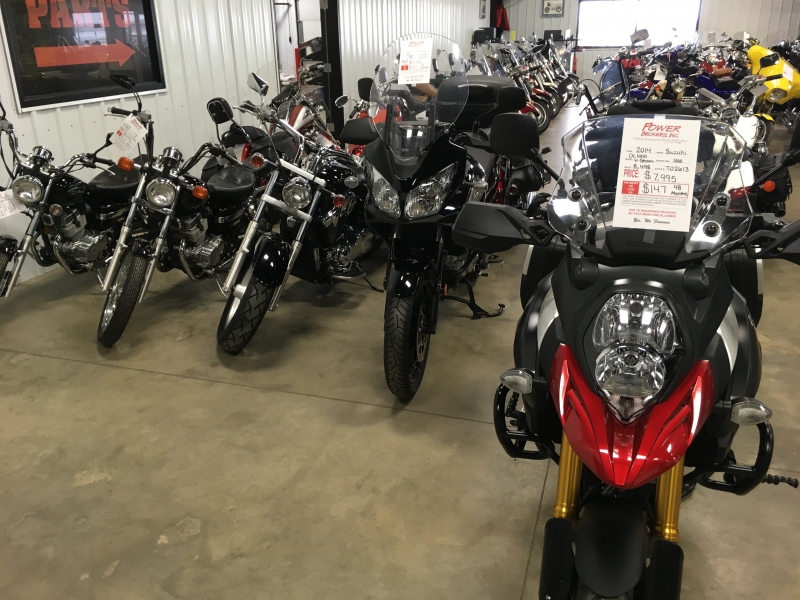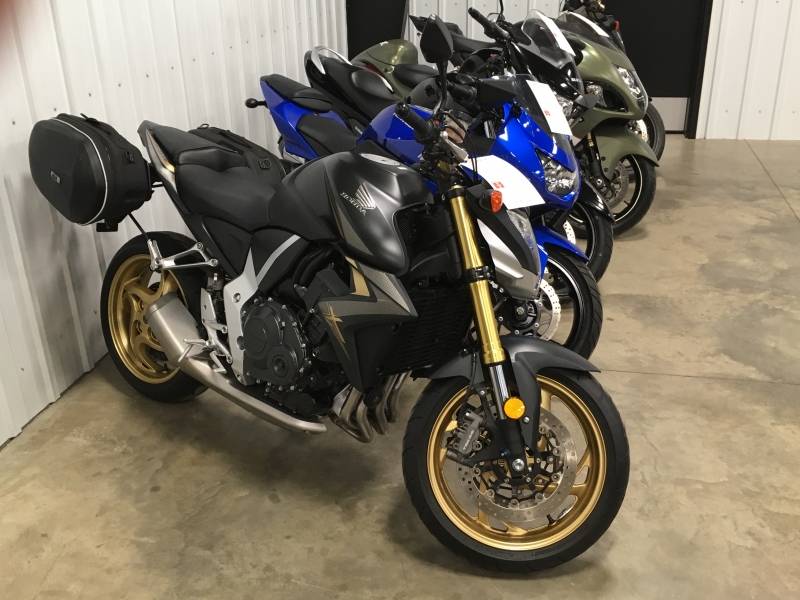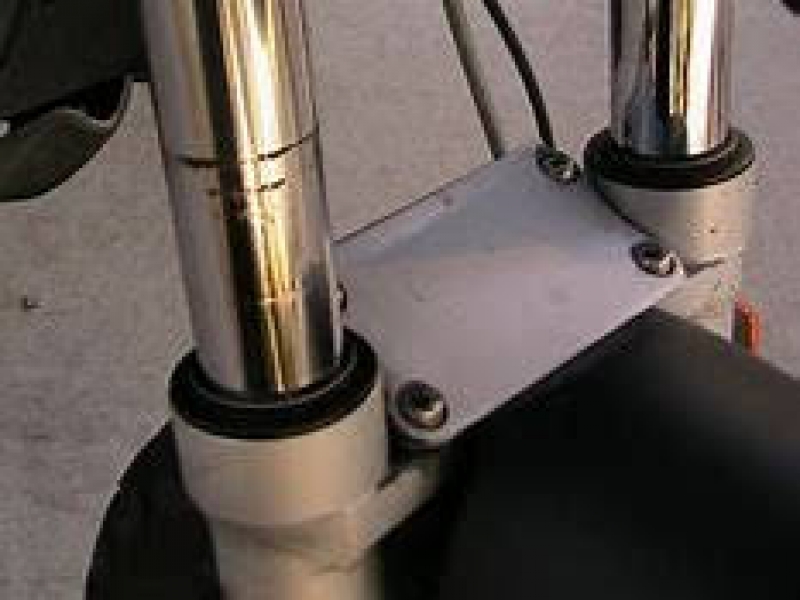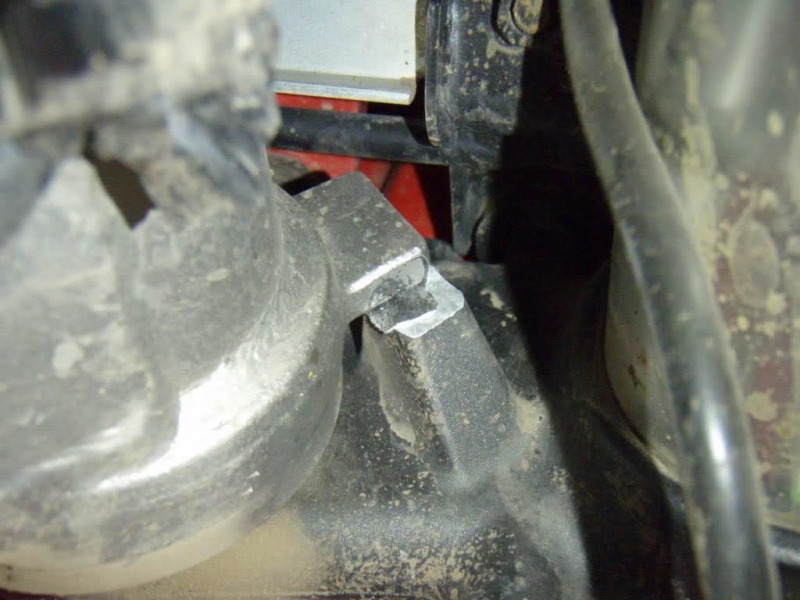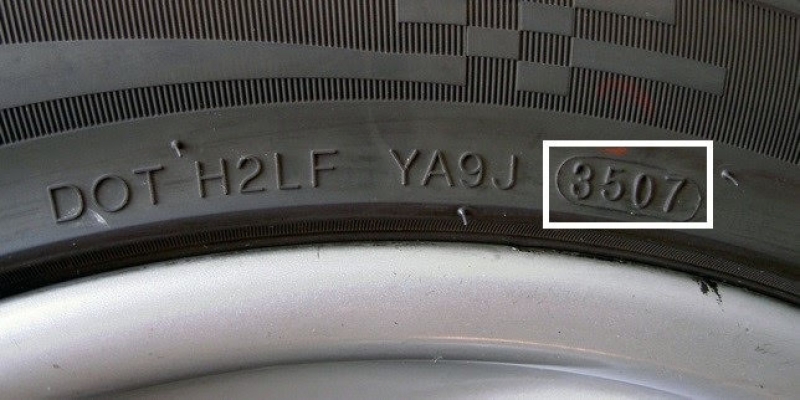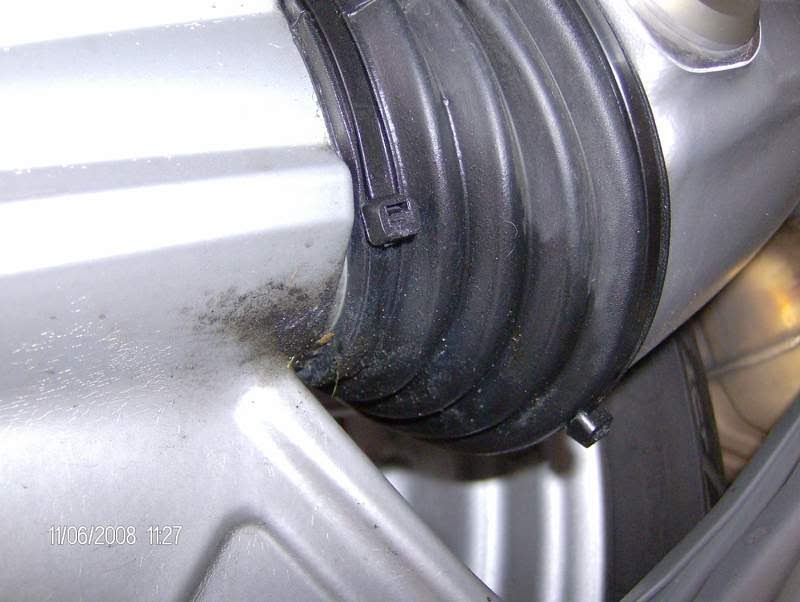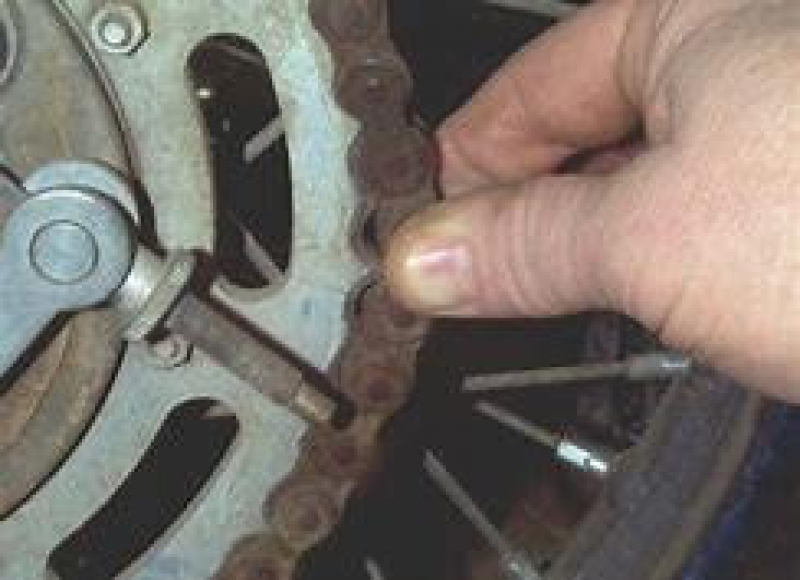More Issues
- August 2023
- July 2023
- June 2023
- May 2023
- April 2023
- March 2023
- February 2023
- January 2023
- December 2022
- November 2022
- October 2022
- September 2022
- August 2022
- July 2022
- June 2022
- May 2022
- April 2022
- March 2022
- February 2022
- January 2022
- December 2021
- November 2021
- October 2021
- September 2021
- August 2021
- July 2021
- June 2021
- May 2021
- April 2021
- March 2021
- February 2021
- January 2021
- December 2020
- November 2020
- October 2020
- September 2020
- August 2020
- July 2020
- May 2020
- April 2020
- March 2020
- February 2020
- January 2020
- December 2019
- November 2019
- October 2019
- September 2019
- August 2019
- July 2019
- June 2019
- May 2019
- March 2019
- February 2019
- January 2019
- December 2018
- November 2018
- October 2018
- September 2018
- August 2018
- July 2018
- June 2018
- May 2018
- April 2018
- March 2018
- February 2018
- January 2018
- August 2011
Buying Smart When Buying Used
By: Chad Gillen
The beginning of Daylight Savings means spring is just right around the corner. Dealers have their showrooms cleared of snowmobiles, and motorcycles are out on display. Used motorcycles are coming in for trade, and craigslist ads for used bikes are increasing by the day. If you are interested in buying a used motorcycle soon, here are some really important tips to avoid being stuck with someone else’s problem or mistake.
First find the kind of motorcycle that will work for you. I’ve covered this before in the “Happy Wife, Happy Life” article. Try to narrow your search down to a specific make, model and year range. Start looking on websites to see the current market price range for that motorcycle. Get preapproved by your bank or credit union to know loan rates and find a monthly payment that fits your budget. Paying cash is even better because cash in hand always brings a better deal.
There are two ways to buy a used bike: through a dealership or private party. The dealership can be a manufacturer dealership or it could be a consignment dealership. Private party can be craigslist, eBay, or even a forum website. Examples might be www.kawasakiversys.com, www.ibmwr.org, www.VFRworld.com, or maybe www.triumphrat.net. It’s easy to join these forums, introduce yourself and your intentions to buy, and a wealth of information will come at you from the members as well as being able to check their classifieds.
Dealership purchasing is pretty straightforward and low risk. Most reputable dealers will address any maintenance needs of a used bike at trade-in. (Unless they themselves got took and didn’t thoroughly examine it.) For example, worn driveshaft splines. You will still need to do an inspection yourself and take a test ride. Just remember that buying from a dealer will mean that you’ll pay a little more because there has to be a little meat on the bone every time the bike changes hands. Always negotiate the OTD (out the door) price so you’re not surprised by hidden fees.
Buying private party can be risky but it can also mean buying a gem from a meticulous owner who wants to sell it to the right buyer. Eighty percent of private party used listings need something, repair or service, while the remaining twenty percent need nothing done. The very first thing you should ask the seller is if they have clear title in hand with only their name on it. If not, walk away, because more than likely something legally is amiss. Confirm where the motorcycle is located. If it is not in the city as listed in the ad, something is not right and keep on looking. Also, if the owner is “in the military and has been re-stationed and needs to sell it real cheap and real fast,” it’s a scam. Ask if they could ride it to the local police station or Safe Exhange Zone for you to look at it. A yes answer means it is probably legit.
Ask for more pictures, including the VIN (vehicle identification number) plate. This will not only have the VIN on it but date of manufacture and model on it as well. Enter that VIN into the VINcheck at the National Insurance Crime Bureau, www.nicb.org/vincheck. This free service will check if a vehicle has been reported stolen, but not recovered, or has been reported as a salvage by a cooperating insurance company. You can also use the VIN with a manufacturer’s local dealership and see if it has any outstanding recalls.
If you’re going to meet a private party, call them up again and state you would rather meet them where they store the bike. This location will give you an indication of how the bike was treated and will allow you to see how it starts and runs with a stone-cold engine. Bring a motorcycle buddy for a second set of eyes, and who will also ask questions while you do your inspection. Bring a flashlight, tire pressure gauge, tire tread depth gauge, a small multimeter, and clean white rags.
Ask for maintenance records, owners manual, shop manual, purchase documents, log book, and sales brochure. Lack of documents means lack of care or short-term ownership. Is the paint 100 percent original? If not, why? Have there been any parts or hardware changed or accessories added, and if so, do they still have the original undamaged parts? Any corrosion on the nuts, bolts or spokes that seems odd for the age of the bike? Compare the condition of all rubber parts. Are they all in line with the age of the bike? Check for weeps, seeps or leaks, and wipe areas with the clean white rags. Check all fluid levels. Check the driveline. How far can you pull the chain away from the back sprocket? Are the sprocket teeth worn? Does the driveshaft housing collect dirt due to weepage? When was the last time the splines were checked and lubricated? Does the drive belt show wear on sides, teeth, or cracking on the outside
Look for crash damage. If one steering stop is broken, it was in a collision. If both are broken it was in a high-speed wobble, or tank slapper. If scrapes on the body or engine case go in more than one direction, it was down on the ground and sliding rather than the “parking lot tip over” the owner claims. If brackets that hold on body parts have any rust, cracking paint or fresh paint that can also indicate a crash. Tip over damage is usually just easily repairable cosmetic damage and would be on areas that your clothes might catch on as you walk ridiculously close around the bike.
Tires should be properly inflated with even wear no less than 2/32 inches of tread depth. Tire pressures and tire sizes are always labeled somewhere on the bike. Tires should be a matching set of correct size generally, and have a born on date of less than six years. The date is stamped in the tire sidewall in a week and year format (i.e. 41/13). Check the sidewalls for cracking or bubbling.
Use your flashlight to look inside the gas tank to make sure it is clean of rust and varnish, and has fresh, clean fuel. Get down on the ground and check brake rotors and brake pads. Look for engine and radiator leaks. Check the fork seals and rear shock for weeps. Check that one key can be used for ignition, gas cap and seat removal. More than one means parts were replaced for some odd reason. Turn the key on and check that all warning lights come on first. For example, if the ABS light doesn’t illuminate it means the bulb was pulled to cover up the system failure. Start it up and let it idle for a while and listen. You are listening for top end ticks or valve gear clatter, and for piston slap. Doing this once saved a friend of mine from buying a bike with engine damage that the owner claimed was normal for a single cylinder “thumper” engine. Check that all switches, gauges, levers, latches and accessories work. Once warm, give it some revs and check for smoke, and make sure it returns to idle easily each time. There shouldn’t be backfiring or stalling. Try to do this long enough for the engine fan, if equipped, to come on. Now look again for fluid leaks and weeps. Shut it off and see how easily it starts up again.
How old is the battery? Do they keep it on a tender? Are the terminals clean? Get a voltage reading with key off (>12V), key on (>10.5V), cranking (>9.6V), idling (>13.5V) and at a cruising speed RPM (>14V and increases with RPM). The first three tests show condition of battery, and the last two show charging system condition.
Lastly, take a test ride. If the owner or dealer won’t let you, see if they can give you a long ride on it. You are checking braking, shifting, and handling. If equipped, check that the ABS light goes out once rolling and that the cruise control works. If you can’t test ride it and it has a center stand, you can have your friend hold the front end down thereby raising the rear tire off the ground, start it and run it through the gears to make sure it operates smoothly.
After your examination, ask yourself if the math works. Add the purchase price and repairs/maintenance costs needed and subtract it from the market value. Will you be ahead, even or negative? Negotiate to be at least be even. And before you take possession, complete the necessary paperwork to transfer ownership AND get insurance coverage! Hopefully you’ll be riding happy and won’t have any dreadful buyer’s remorse.

